L’Echinacea is a genus of perennial plants of the large botanical family of Asteraceae. These are plants native to North America and of which there are nine different species. For the Native American Native American tribes it was a sacred plant and used as a natural remedy. Today, the Echinacea they are widely cultivated for ornamental purposes, but above all for their medicinal properties, exploited in the phytotherapeutic field. The species of our interest are three, as they are also cultivated in Europe, and they are: angustifolia, pale And purpurea.
So let’s see the botanical characteristics of the different species, the cultivation techniques, the beneficial properties and the uses in herbal medicine and cosmetics.
Origin of the name Echinacea
The name of the genus Echinacea comes from the Greek term echinos= sea urchin, probably referring to the particular structure of its seeds, which at the top have a membranous margin with 4 teeth. According to some botanists, the name recalls the thorny shape of the flower head of the flowering plant.
Echinacea description
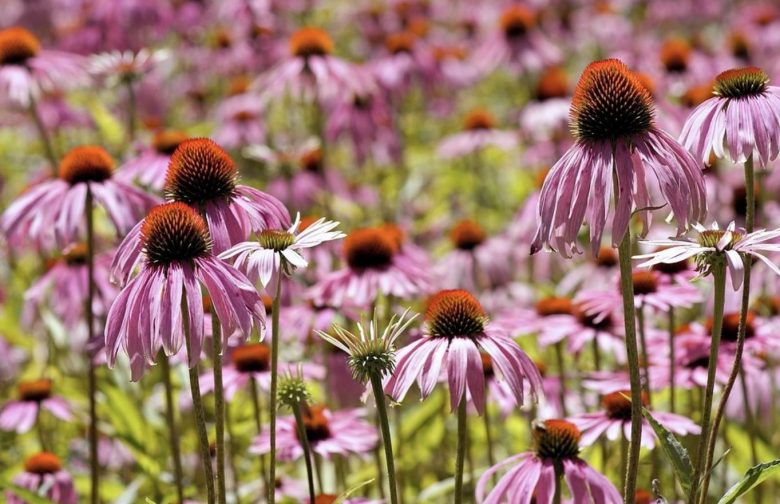
In general, echinaceae are herbaceous and perennial flowering plants, even if they are often cultivated with multi-annual cycles. Although a perennial plant, in the winter period it enters a state of vegetative rest, with the epigeal part that dries up completely, and then starts again with the natural cycle in spring. The root system is taproot in most of the species, in some it is bundled.
The stems have an erect bearing more or less branched and a hairy surface but, depending on the species, they vary in height, from a few cm up to almost 2 m.
Leaves
The leaves of the echinacea are first of all gathered in basal rosettes from which the stems are born, then they are distributed along the stems themselves. They are lanceolate or elliptical in shape, pubescent, with an entire or slightly serrated margin. The color is light green.
Flowers
The flowers are the characteristic feature of the echinacea. They are found united in terminal flower heads with a long peduncle and conical receptacle. They are large and showy, ligulate (sterile) and tubular hermaphrodite (fertile), ranging in length from 3 to 7 cm. The color varies according to the species, from white-pink to purplish pink. Pollen color is also variable.
Flowering occurs in summer, from June to September, with pollination carried out by bees, bumblebees and butterflies.
Seeds
The fruit of the echinacea is a small quadrangular achene, more or less brown pigmented at the apex, with a small hairy pappus that promotes dissemination.
The different species of Echinacea grown in Italy
But let’s see the main characteristics of the echinacea species grown in Italy, paying attention also to the small differences they have between them.
Echinacea purpurea
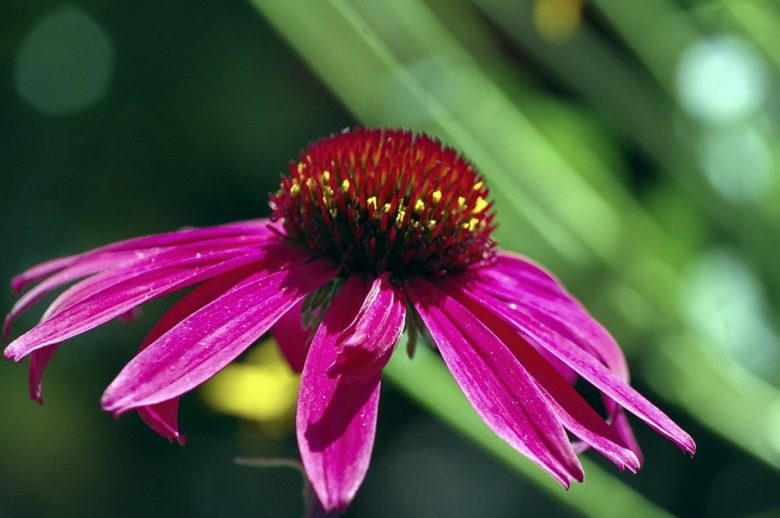
The first species is the Echinacea purpurea and it is the most famous and cultivated species. It is a generous plant, varying in height from 60 to 180 cm and the stems branched in the terminal part. The roots are fasciculated, and the leaves are large and oval, with a serrated edge. The ligulate flowers are purple (hence the name of the species) or pink, with a hanging habit.
Echinacea angustifolia
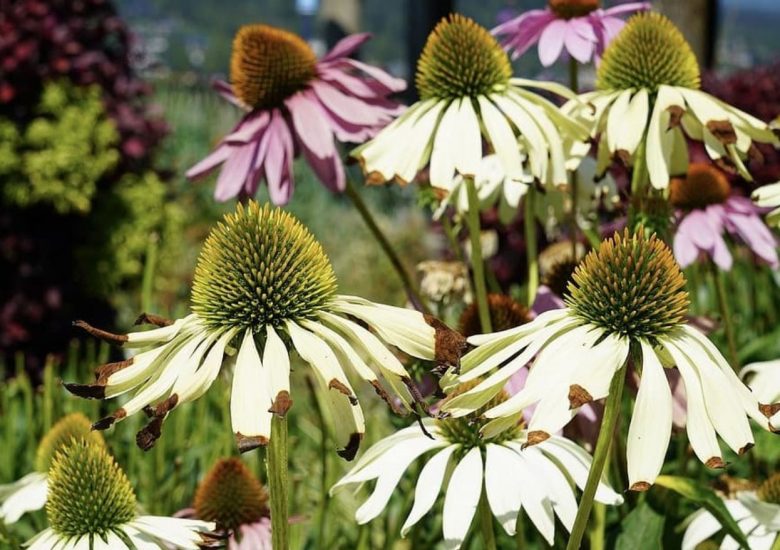
L’ Echinacea angustifolia instead it is the smallest among the cultivated echinaceae, not exceeding 10-50 cm in height. It has a tap root system that goes deep into the soil. The leaves have bristly hairs. The ligulate flowers are relatively short, protruding 2-3 cm, white in color.
Echinacea pallida
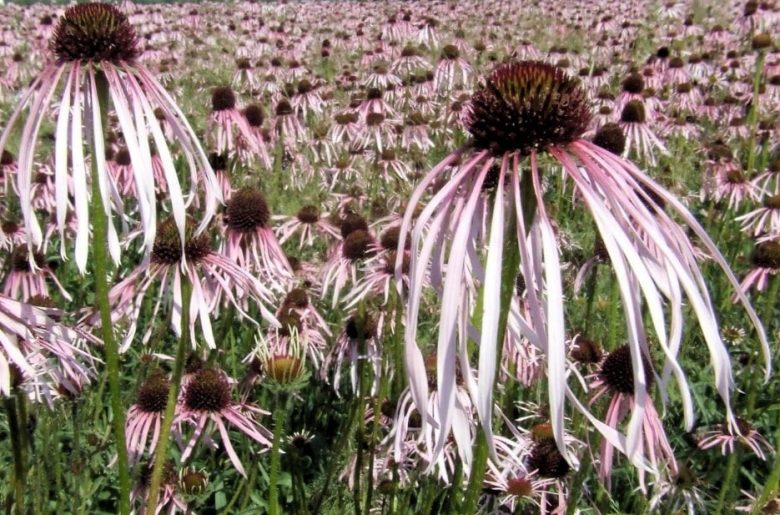
The third variety is theEchinacea pallida it has intermediate dimensions compared to the two examined species, in fact it goes from 40 to 90 cm in height. It also has a taproot root system. The ligulate flowers have a drooping habit, are very narrow and have a length between 4 and 9 cm. The color is pale pink or completely white. Pollen is clear.
How to grow echinacea
Echinacea does not grow spontaneously in our country, but is cultivated. Entering the winter vegetative rest, the plant resists frost well, so the cold is not a limit to cultivation. However, it is not too resistant to drought, so it should be grown in gardens where there is water availability. It prefers partial shade exposure, precisely to be more resistant to heat and arid climate.
Ground
The ideal soil for echinacea plants is that of medium mixture, sufficiently loose and fresh. In preparation, a good one is desirable organic fertilization bottom, amending the soil mature manure, earthworm humus or home compost. For optimal development of the root system, compact and asphyxiated soils, such as those that are too clayey, should be avoided.
Propagation
To multiply the echinacea there are two techniques, the sowing and the division of the tufts, let’s see them.
Sowing
Reproduction from seed is the most common technique for echinacea, in fact the seeds are easily found for sale in gardening shops.
The germinability of the seeds is not very high, so it is advisable to soak them in warm water for 24 hours, before planting them. Sowing takes place at the end of winter and can be done directly in the ground or through the seedbedthe latter option is safer and reduces the waste of seeds.
On average, the seedlings emerge from the ground 10-12 days after sowing. The transplant is carried out in spring, when they put the first leaves and therefore have a certain consistency. During the first year, the seedlings develop the basal rosette of leaves, usually starting to flower from the second year.
Subdivision of the tufts
The division of the tufts must be carried out on a mature echinacea plant, which are at least 3 years old. It is carried out at the end of winter, before the vegetative restart, removing the plant from the earth and proceeding to divide the young swollen shoots near the collar, with a portion of the root system. Following the subdivision, the new plants must be planted immediately.
Transplant distances
To create a flowerbed of echinacea it is necessary to maintain certain distances for transplanting the seedlings or to thin out the seeds.
The ideal is to leave 10-15 cm between one plant (sprout) and another.
Irrigation
Echinacea needs to be watered regularly in summer, especially in the first year of cultivation. It is advisable to water little but often, in order to avoid water stagnation phenomena. Irrigation can also be done in rain, preferably in the evening.
Mulch
To help keep the soil wetter and also limit the growth of weeds, echinacea plants take advantage of natural mulching techniqueto be carried out preferably with dry straw, to be placed around the collar.
Alternatively, to eliminate weeds you will have to operate periodic weedingespecially in the first period after transplanting or sowing.
Parasites and diseases
Once established, echinacea is a rather rustic flowering plant, which does not suffer particular attacks from parasites and fungal pathogens.
Used parts and collection
Echinacea uses the roots, the flowering tops or the whole plant. However, the roots are the most valuable part used in phytotherapy. Their harvest must be done between the end of autumn and the beginning of winter, or when the plant is in vegetative rest. Usually the roots of young plants are not collected, but only those with at least 3 years of life, as they are richer in active ingredients.
Once cleaned from the earth, the root should be dried in the sun or, failing that, in a dry and ventilated place. Once dry, it can be cut into small pieces and stored in paper bags.
History of Echinacea
Therapeutically, echinacea has been used in Europe since 1700. Instead, it was widely used in American Indian tribes, in particular the Red Indians, who considered it a sacred plant. Shamans used the roots to cure snake and insect poisonings.
Modern use dates back to the early 1900s, when echinacea tincture was among America’s best-selling medicines. It was recommended as a therapy for localized and systemic infections, against boils, acne and varicose ulcers, and to treat colds and flu. It was then abandoned by official medicine and remained in vogue only in popular medicine, at least until 1930. In this period it began to be cultivated in Europe, especially in Germany, where the major studies on its therapeutic properties were carried out.
In Europe, its popularity grew and is still in vogue, given its ability to eliminate cold and flu symptoms in the bud.
Active principles
The active ingredients of echinacea are numerous and belonging to different chemical classes. Let’s see them.
Polyphenols: chlorogenic acid, caffeic acid, chicoric acid
Polysaccharides: echinacin B, echinacoside, arabinogalactan
Monosaccharides: arabinose, glucose, xylose
Terpenes: caryophyllene
Vitamins: Vitamin A, C, E
Alkylamides: isobutylamide.
It is thanks to this phytocomplex that echinacea releases its beneficial properties as a medicinal plant.
Properties and uses of echinacea
Echinacea is widely used in herbal medicine and cosmetics. Its main activities are: anti-inflammatory, antiseptic, antibacterial, healing, stimulant of the immune system and of the assimilative and excretive processes. It is mostly sold as a root tincture or supplement, and is easily found in sale in specialized shops.
For internal use, it is mainly used in the treatment of colds. For external use, as a topical in inflammatory skin conditions (pustules and boils) and as a healing agent for difficult wounds.
In cosmetics it is included in the formulations of supplements in anti-wrinkle products, thanks to the property of echinacea to inhibit the loss of hyaluronic acid. In the home, if you have dried echinacea roots available, you can prepare a decoctionusing 5 g of dry substance in 100 ml of water, to be sweetened with a little honey due to the bitter and pungent taste of the root itself.

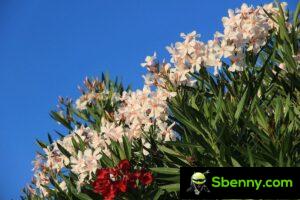
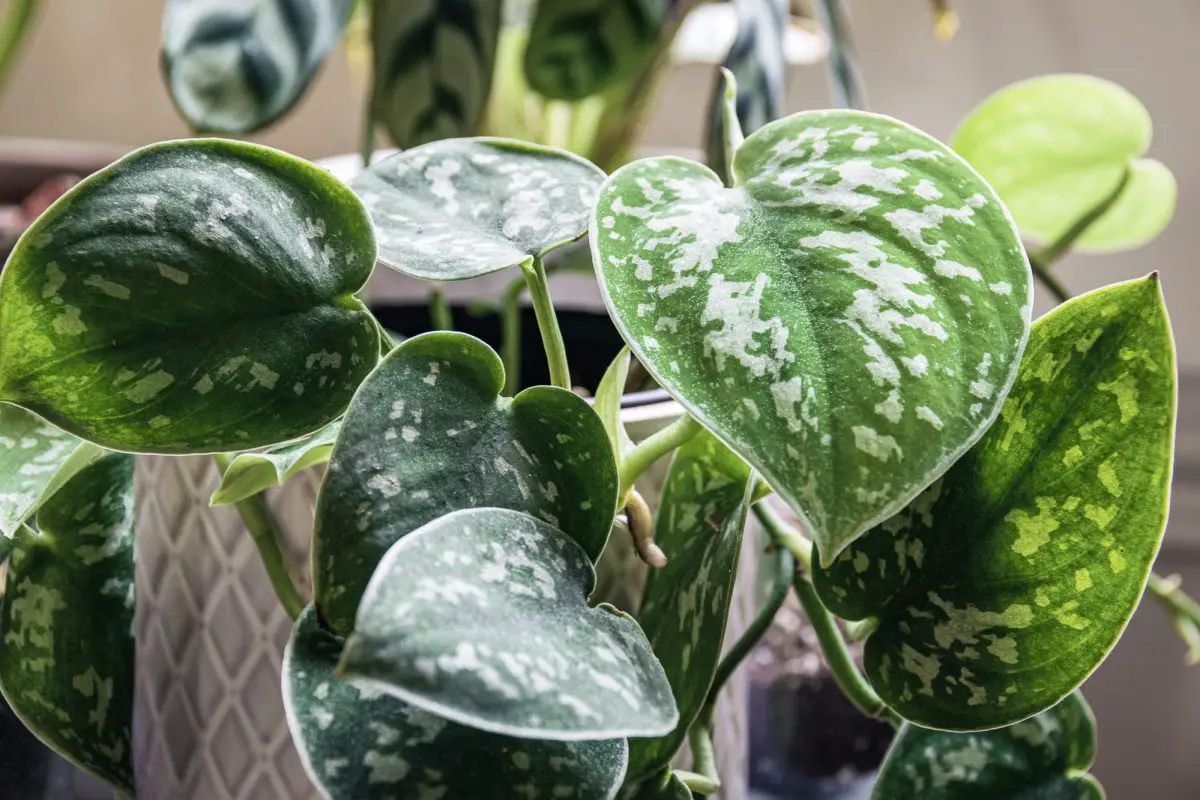
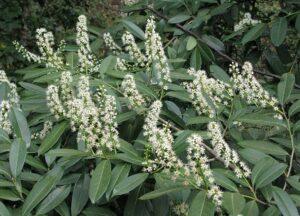
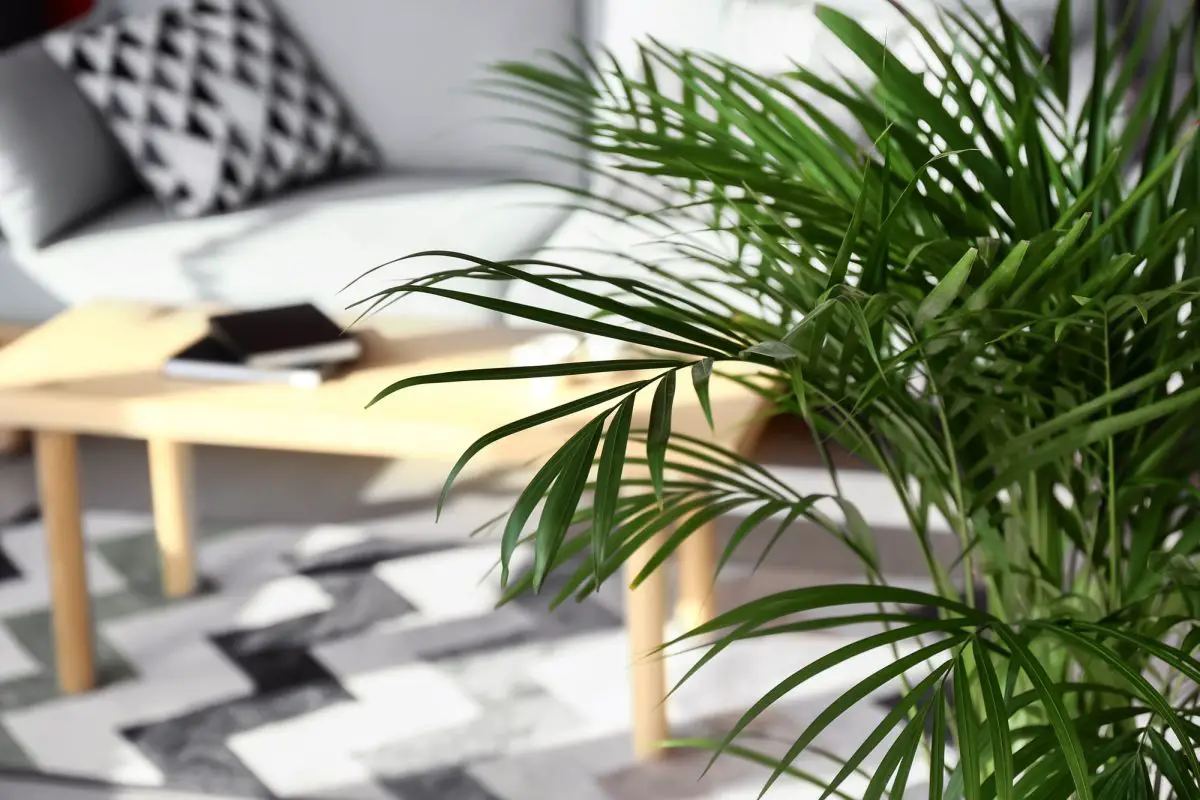
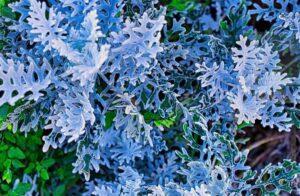
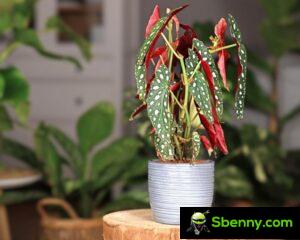
Start a new Thread